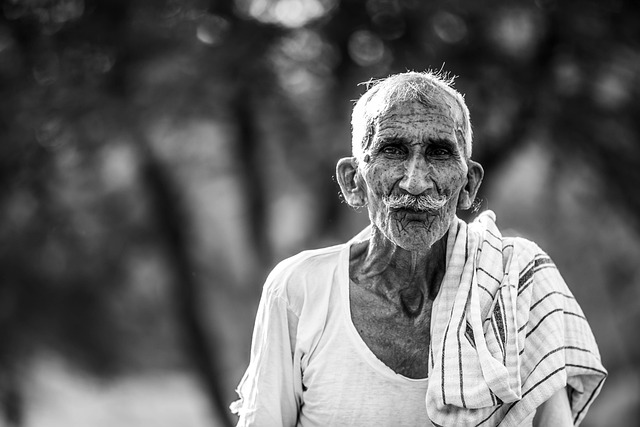In the captivating world of photography, one technique stands out for its ability to evoke emotion and draw the viewer into the essence of an image: depth blur. This fascinating aspect of optics allows photographers to create layers of focus and intentional softening, leading to a more immersive experience for the audience.
Depth blur, often referred to as bokeh, can be a powerful tool for storytelling in photography. By manipulating the depth of field, photographers can highlight their subject while gently transitioning the background into a soft blur. This technique not only enhances the aesthetics of a photo but also helps convey a sense of mood and atmosphere. Imagine capturing a portrait of a loved one, with their face sharply in focus against a beautifully blurred garden backdrop. The viewer’s eye is immediately drawn to the subject, while the soft details of the surroundings create a dreamlike environment, heightening the emotion behind the image.
Understanding how to manipulate depth blur begins with a solid grasp of your camera’s settings. Adjusting your aperture is one of the most effective ways to achieve this effect. A wide aperture (lower f-stop number) results in a shallower depth of field, allowing for more distinguished depth blur. Conversely, a smaller aperture (higher f-stop number) increases the depth of field, bringing more elements into focus. Learning how to balance these settings can lead to stunning photographic outcomes, giving photographers the ability to craft their images intentionally.
The choice of lens is equally crucial in achieving the desired depth blur. Different lenses yield varying bokeh qualities, depending on their construction and optical design. Prime lenses, particularly those with wide maximum apertures, often produce the most beautiful depth blur. The circular aperture blades found in some lenses play a significant role in how the blur appears in an image. Experimenting with various lenses can offer a new perspective and a unique stylistic touch that enhances your photography.
Furthermore, the background elements you choose for your compositions can greatly affect the quality of the depth blur. Busy or distracting backgrounds can muddle the effect, while soft, uniform colors often result in a more appealing bokeh. Consider the placement of your subject in relation to the background to create layers that guide the viewer’s gaze through your photo. The interplay between clear focus and soft blur can evoke feelings, create atmosphere, and tell a more profound story.
As you explore the art of depth blur, remember that practice is key. Spend time experimenting with different settings, lenses, and backgrounds. Capture the world around you from various perspectives to see how depth blur can transform ordinary scenes into extraordinary works of art. Each shot allows you to refine your skills and discover the unique qualities that depth blur can introduce to your photography.
Ultimately, depth blur is more than just a technical feature; it is a means of expressing creativity and emotion in photography. By thoughtfully employing this technique, you can create images that resonate on a deeper level, allowing your viewers to connect with your art in a visceral way. So grab your camera, experiment with depth blur, and let your photographs tell stories that linger in the hearts and minds of those who view them.



